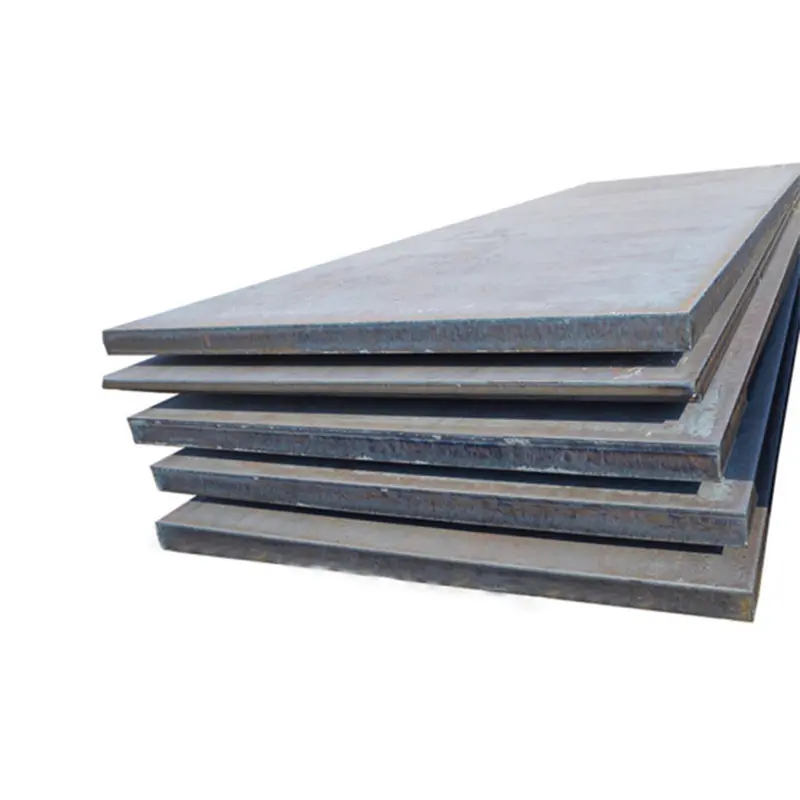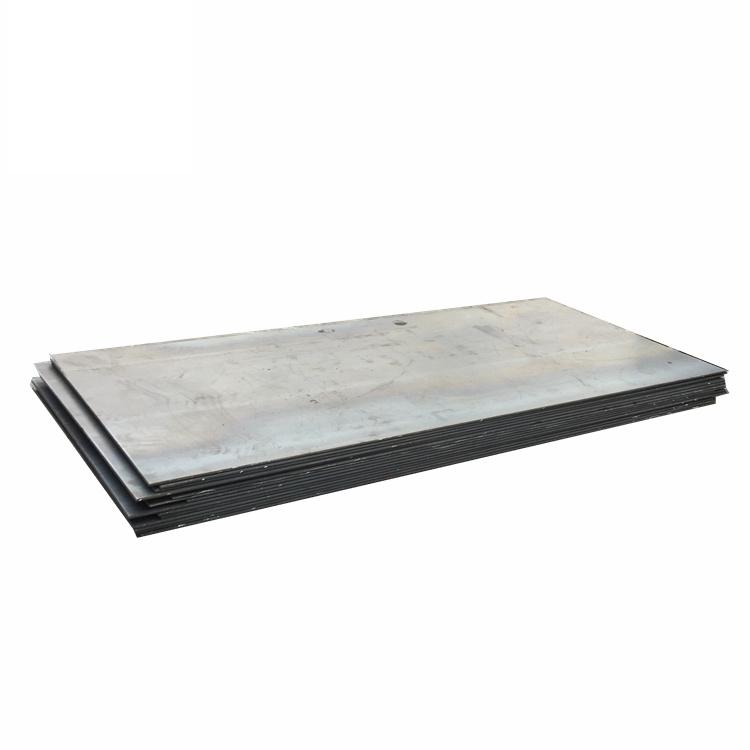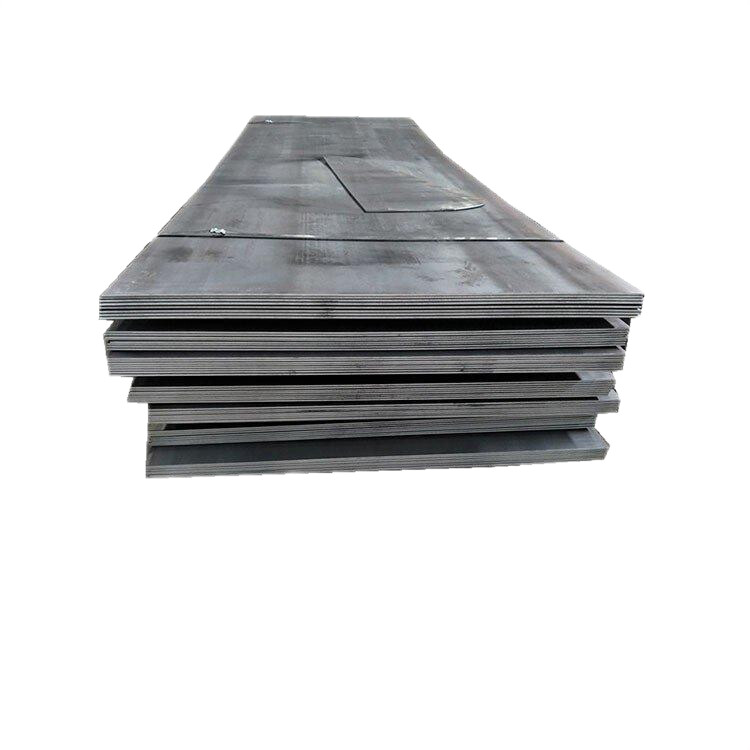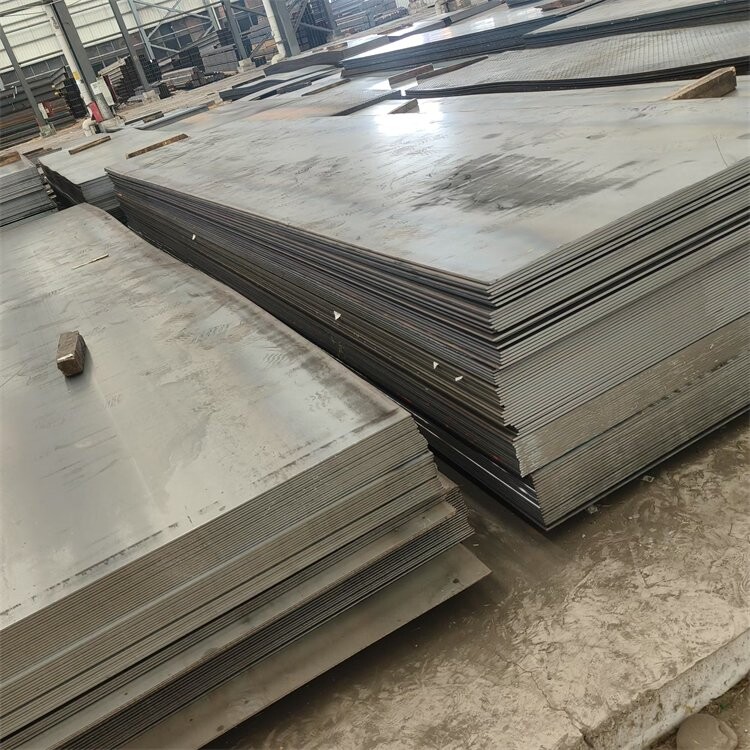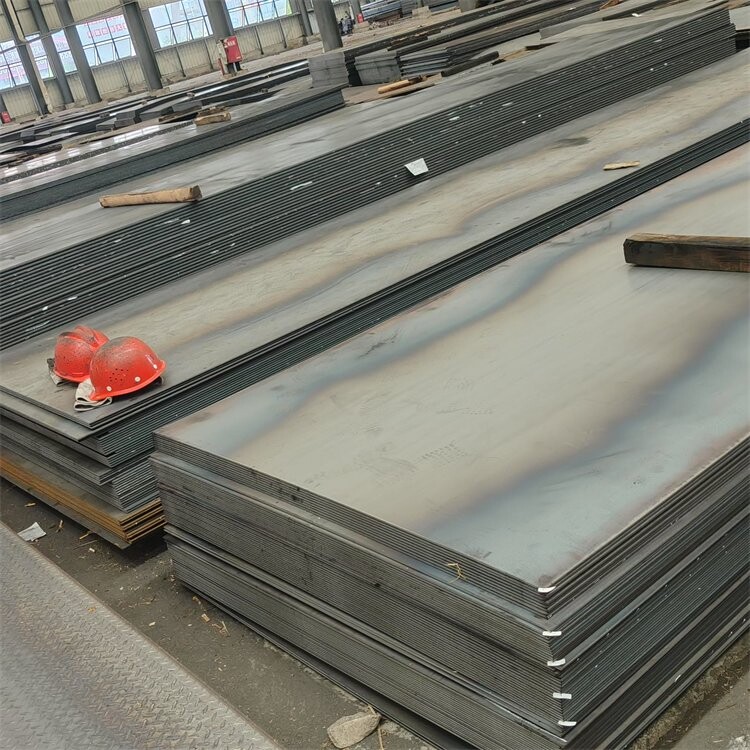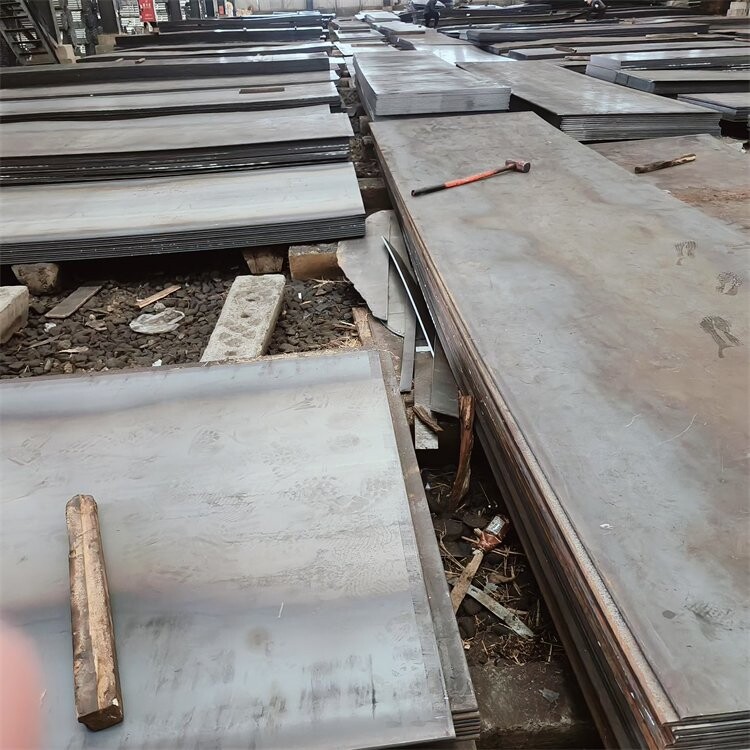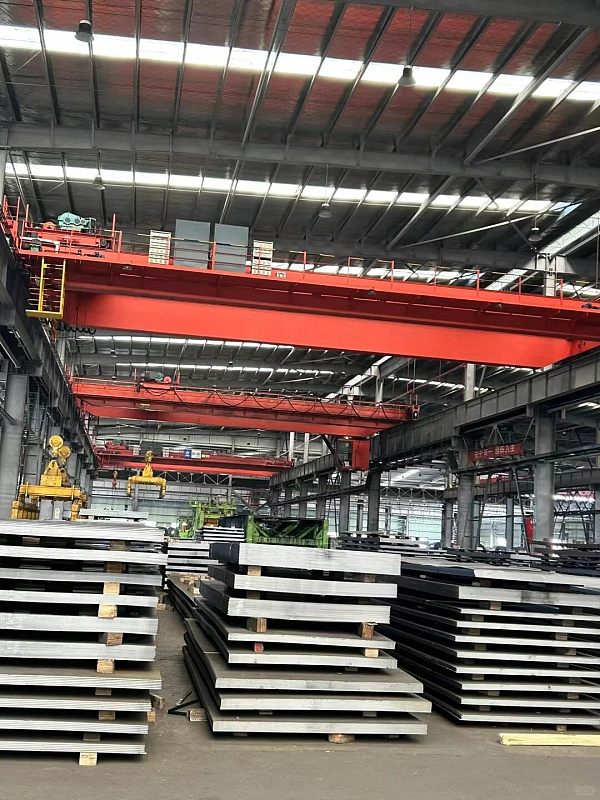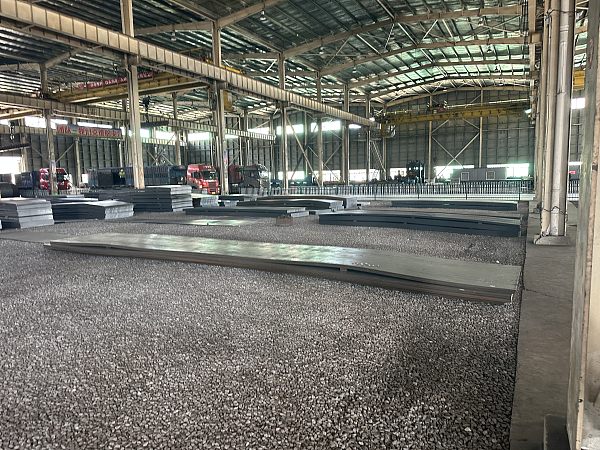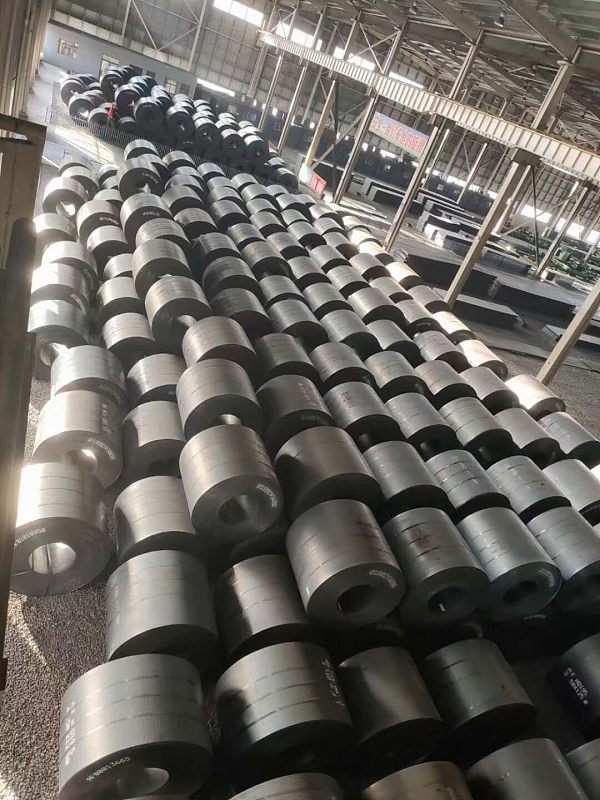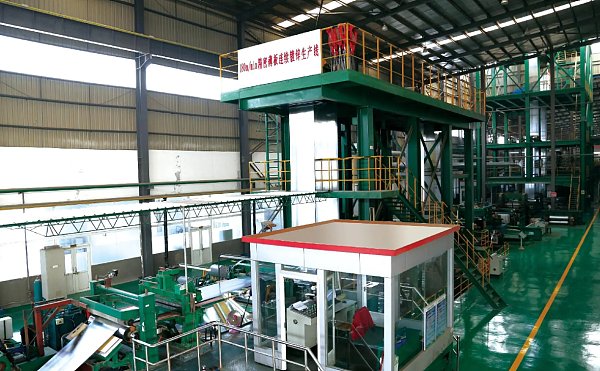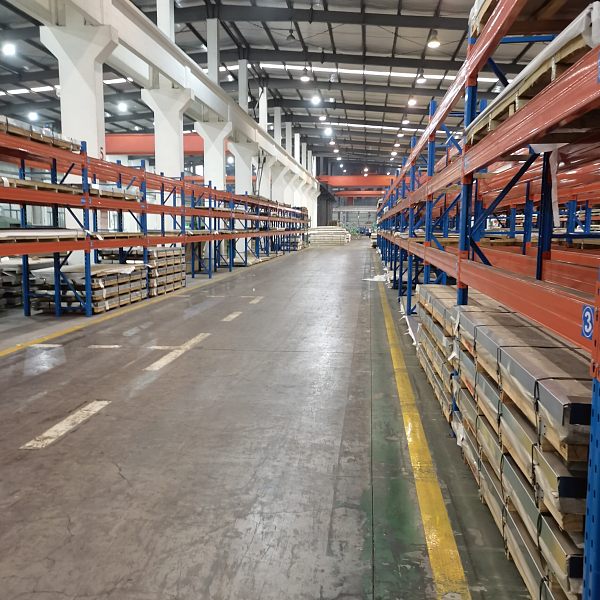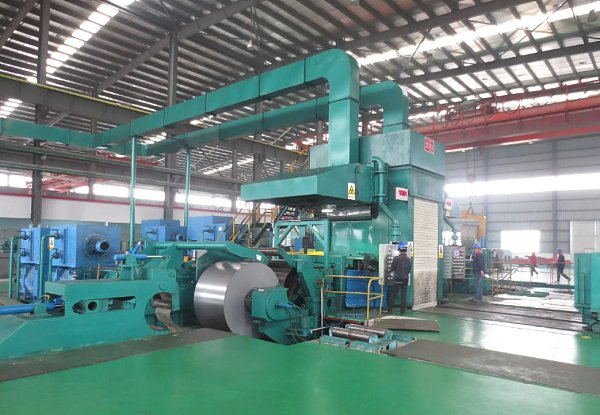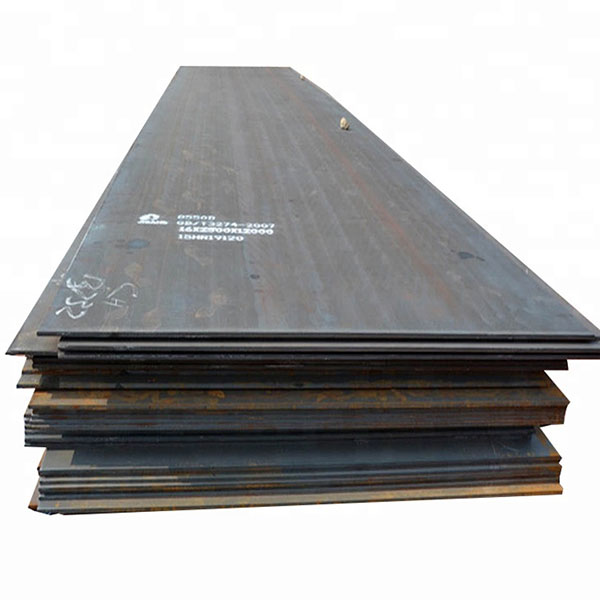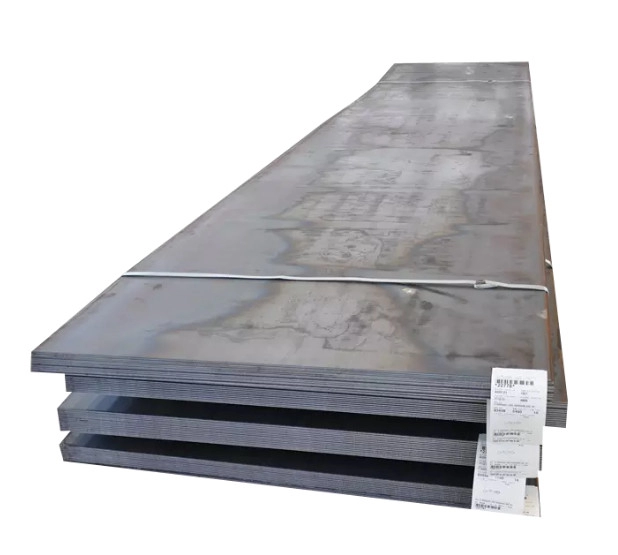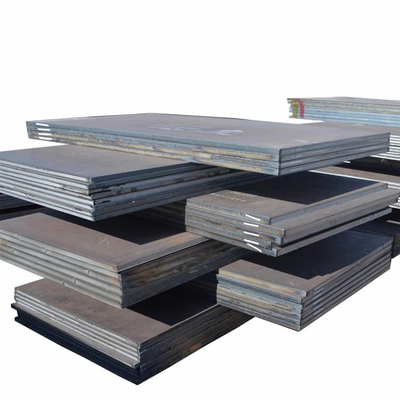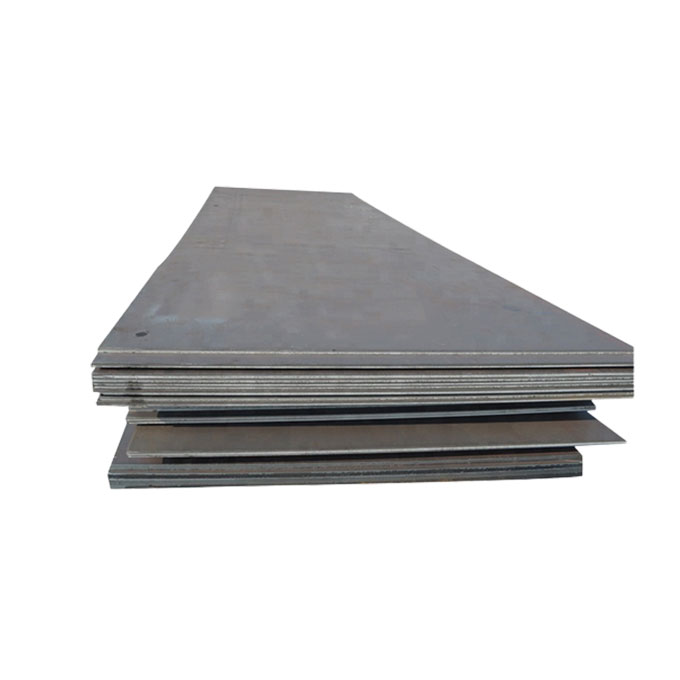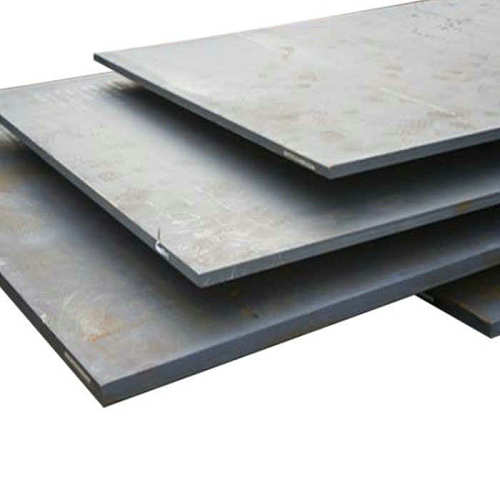PRODUCTS

Wear-resistant Plate (Carbon Steel Material) Overview
Wear-resistant Plate, often referred to as abrasion-resistant steel plate, is a high-performance steel designed to withstand wear, impact, and other harsh environmental conditions. Made from high-quality carbon steel, these plates are engineered to be highly resistant to abrasion, making them ideal for use in industries where materials or components experience significant wear and tear. Common applications include mining, construction, cement, steel mills, and other industrial processes. Carbon steel wear-resistant plates provide exceptional durability and long service life, reducing the need for frequent replacements and improving operational efficiency.
Key Features of Carbon Steel Wear-resistant Plate
- High Abrasion Resistance: The primary feature of wear-resistant plates is their superior resistance to wear and tear, ensuring that they maintain their integrity in high-abrasion environments.
- Increased Durability: These plates are built to withstand extreme mechanical stress, impact, and friction, which makes them suitable for use in the toughest applications.
- Cost-Effective: Carbon steel wear-resistant plates provide an economical solution for industries needing abrasion-resistant materials, as they offer long-term performance at a lower cost than alternative alloys.
- Customizable Thickness: These plates can be manufactured in varying thicknesses, making them adaptable to a range of applications where wear and tear resistance is required.
- Weldability and Machinability: Wear-resistant carbon steel plates can be welded and machined according to specific requirements, allowing for customization and ease of installation.
Technical Specifications of Carbon Steel Wear-resistant Plate
Different Grades of Wear-resistant Plate
This table shows the different grades of carbon steel wear-resistant plates in various countries, based on their standards for hardness and wear resistance.
Advantages of Carbon Steel Wear-resistant Plate
- Exceptional Wear Resistance: Carbon steel wear-resistant plates are designed to withstand continuous friction, reducing material degradation in high-abrasion environments. This is ideal for heavy-duty machinery parts and components.
- High Impact Strength: The steel is designed to handle impacts without cracking or losing its structural integrity, even in harsh industrial conditions.
- Cost-Effective Performance: Carbon steel offers a more affordable alternative to more expensive alloys like chromium carbide or tungsten carbide, while still providing excellent wear resistance.
- Long Service Life: The durability of carbon steel wear-resistant plates significantly extends the lifespan of industrial machinery and components, reducing downtime and maintenance costs.
- Versatility: These plates can be used in a wide range of industries and applications, including mining, material handling, construction, and machinery manufacturing.
- Ease of Fabrication: Carbon steel wear-resistant plates are easy to cut, weld, and form, allowing them to be tailored to specific project needs.
Common Applications of Carbon Steel Wear-resistant Plate
- Mining: Used in the construction of equipment such as crushers, hoppers, chutes, and conveyors, where material abrasion is a constant challenge.
- Cement Industry: Ideal for wear parts in cement plants, including grinding mills, clinker crushers, and cyclones, which are exposed to abrasive materials.
- Steel Mills: Used in applications such as blast furnace linings, scrap chutes, and other components that come into contact with abrasive steel or molten metal.
- Construction Machinery: Provides protection for components in construction equipment like bulldozers, excavators, and graders, which are exposed to harsh wear conditions.
- Heavy Machinery: Carbon steel wear-resistant plates are used in components that experience heavy abrasion and impact, including components in agriculture, forestry, and road construction machinery.
- Material Handling: Used in bucket liners, conveyor systems, and other material-handling equipment that regularly comes into contact with bulk materials such as coal, gravel, or ores.
Surface Coatings and Treatments for Wear-resistant Plate
- Coated Surface: In some cases, wear-resistant plates may come with additional coatings (such as hardfacing or paint) to enhance their corrosion resistance or provide further protection against harsh environments.
- Heat Treatment: Some wear-resistant plates undergo special heat treatment processes to improve their hardness and impact resistance. Heat-treated plates are often more durable and can withstand higher levels of wear and impact.
- Blasted or Polished Finish: Wear-resistant plates can be finished with a smooth, blasted, or polished surface, depending on the specific needs of the application.
Frequently Asked Questions (FAQ)
1. What is the hardness of Carbon Steel Wear-resistant Plates?
Carbon steel wear-resistant plates can have a hardness range from HBW 300 to HBW 600, depending on the grade and thickness of the plate. Higher hardness provides better abrasion resistance but may reduce impact toughness.
2. Can these plates be welded?
Yes, carbon steel wear-resistant plates can be welded using standard welding techniques. However, preheating and post-weld heat treatment may be required for thicker plates to avoid cracking and ensure good weld quality.
3. How do I choose the right thickness for my application?
The thickness of the wear-resistant plate should be selected based on the level of abrasion and impact your application will experience. Thicker plates are suitable for high-impact and high-abrasion environments, while thinner plates may be adequate for less severe conditions.
4. How long do carbon steel wear-resistant plates last?
The lifespan of carbon steel wear-resistant plates depends on the level of wear and tear they are exposed to. In general, these plates are designed to last longer than non-abrasion resistant materials, significantly reducing the need for frequent replacements.
5. What is the difference between carbon steel and other wear-resistant materials?
Carbon steel is typically less expensive and easier to fabricate than other wear-resistant alloys, such as chromium carbide or tungsten carbide, while still offering significant wear resistance. For extreme wear conditions, higher-alloy steels may be more appropriate, but carbon steel remains a cost-effective solution for many industries.
Carbon Steel Wear-resistant Plates offer outstanding durability, wear resistance, and impact strength for a wide range of industrial applications. They provide a cost-effective solution for equipment and machinery exposed to high levels of abrasion and wear, significantly improving operational efficiency and reducing maintenance costs. With customizable thicknesses, easy weldability, and a range of surface treatments, these plates can be tailored to meet the specific needs of your project. For more information or to request a quote, please contact us.
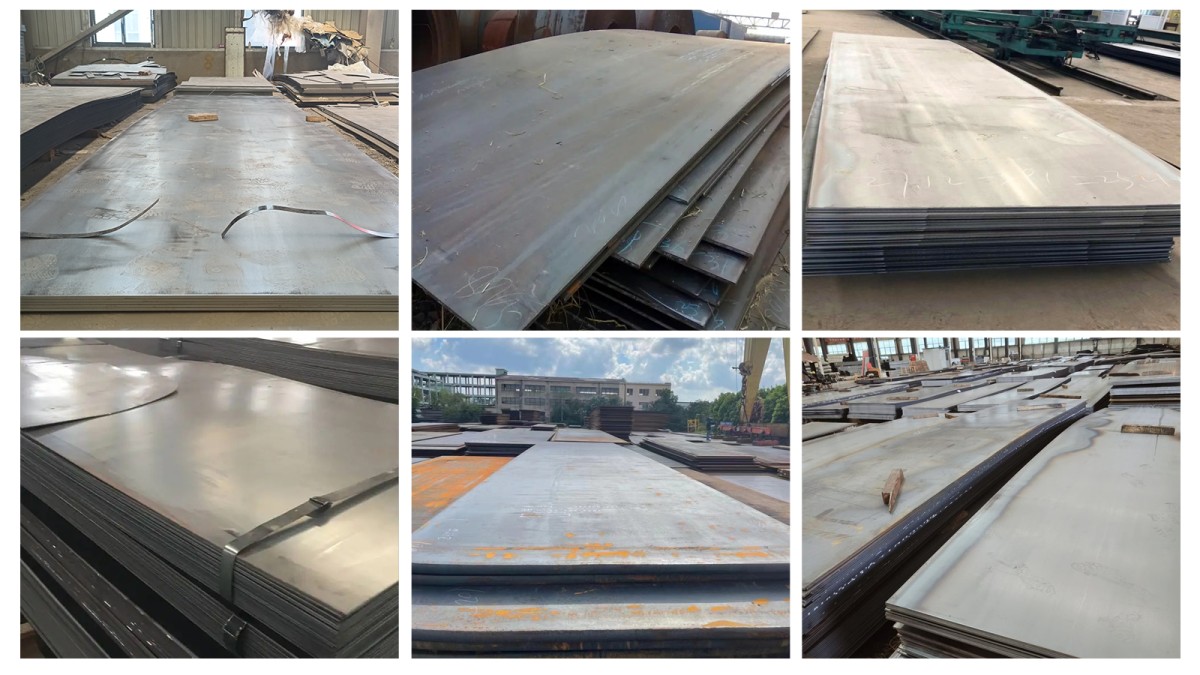
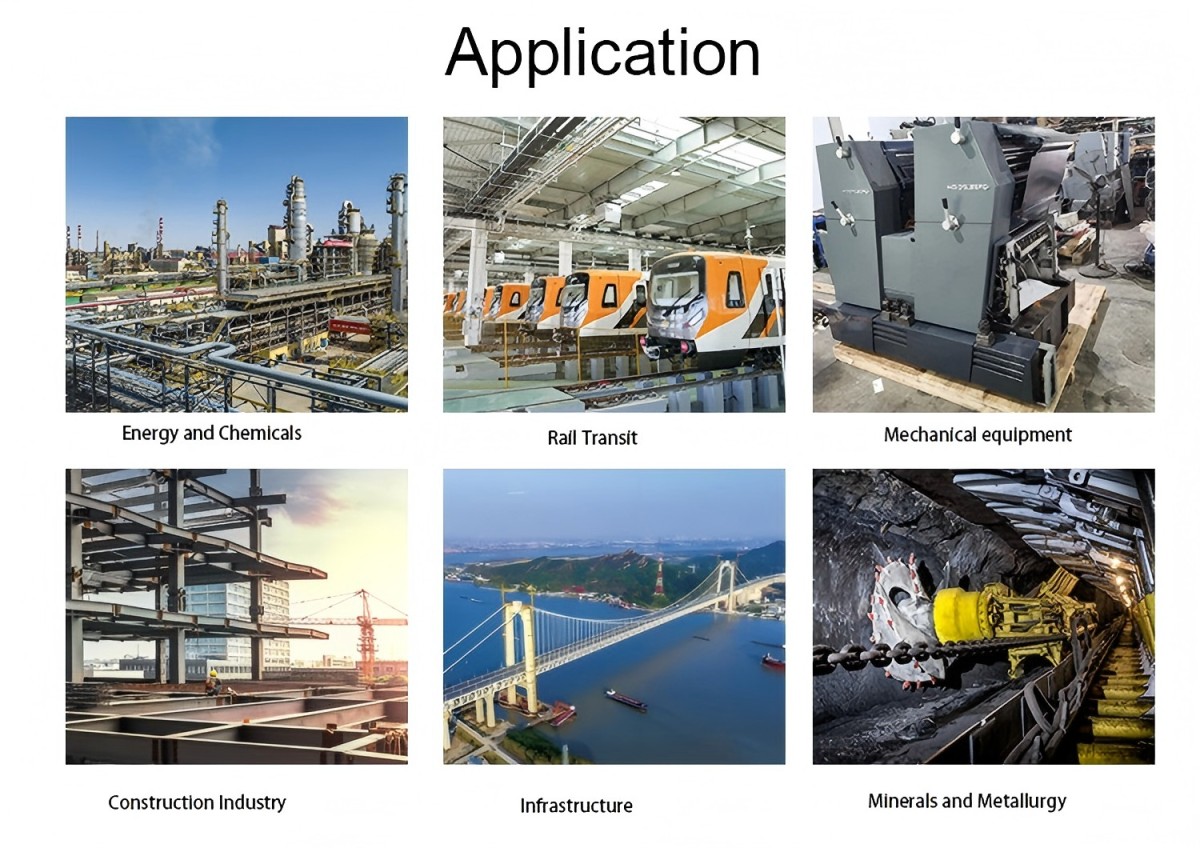
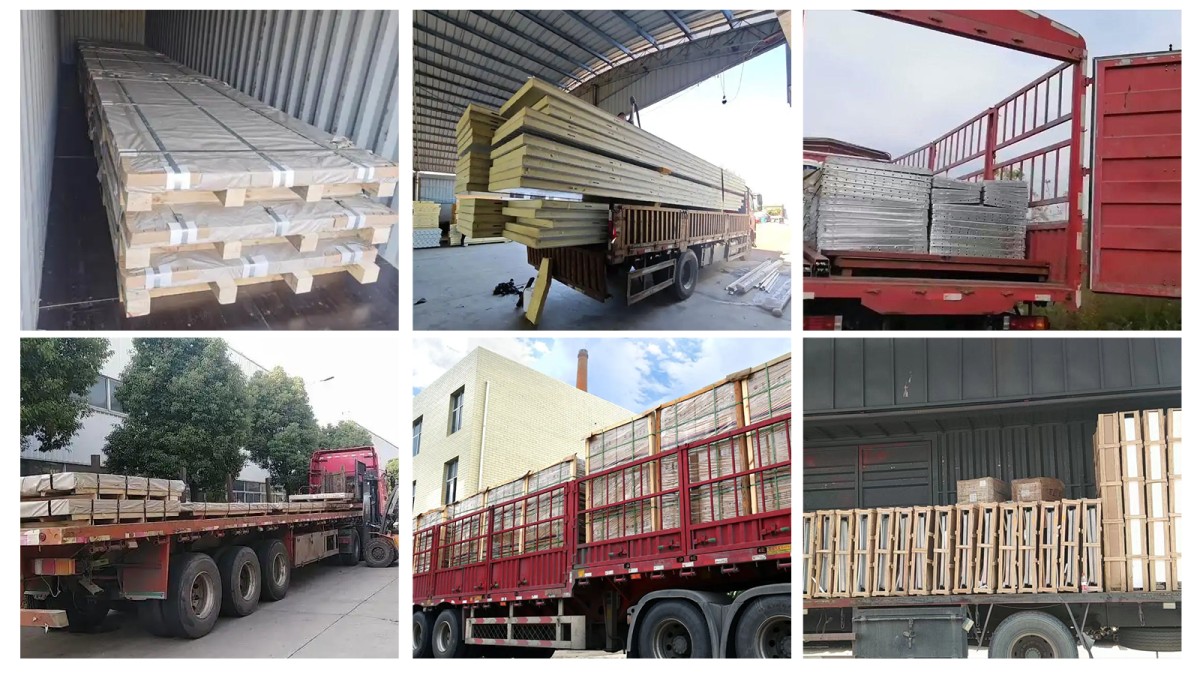
Q: Are You Manufacture or Trade Company?
A: We are the professional manufacturer of steel products located in China. Welcome to contact us and visit our factory before you place orders.
Q: How do you guarantee the quality?
A: We are the professional manufacturer of steel products located in China. Welcome to contact us and visit our factory before you place orders.
Q: Can I get free samples?
A: Of course you can. We can produce according to your samples or technical drawings. Contact us by whatsapp or email to get free samples and you will get the sample after 3-7 working days.
Q: What is the MOQ?
A: If you are scheduling to place a small quantity order or trial order, feel free to contact us, we can meet your requirements.
Q: Can you OEM or ODM?
A: Yes, we have a strong developing team. The products can be made according to your request.
Request A Quote?

